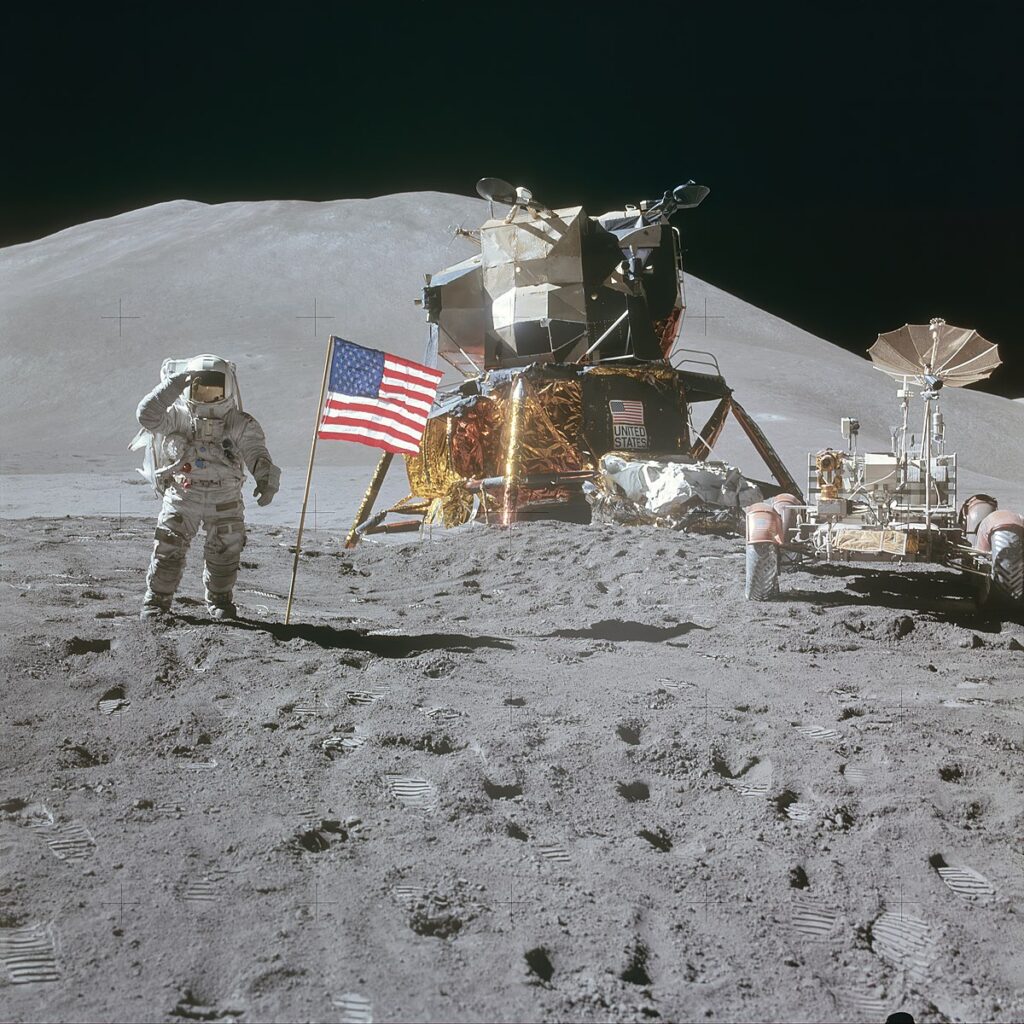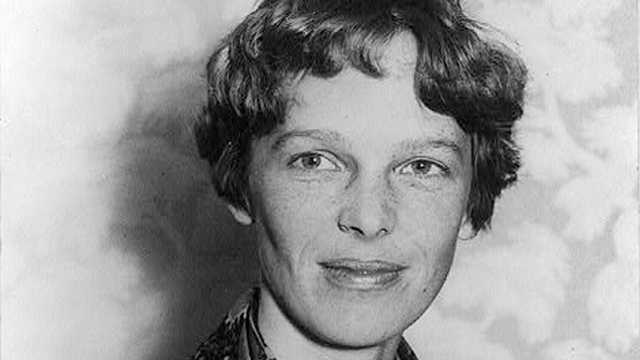Introduction
The events of July 30, 1971, marked an extraordinary leap forward in the exploration of space. This was the day the Apollo 15 Lunar Module, the fourth mission of NASA’s Apollo program, successfully landed on the Moon—with astronauts David Scott and James Irwin on board. A third astronaut, Alfred Worden, remained orbiting the Moon in the Command Module. This epic voyage wasn’t just about setting foot on the lunar surface; it also revolved around scientific discovery and a variety of innovative demonstrations in technology.
Event Description
On July 26, 1971, Apollo 15 was launched from Kennedy Space Center in Florida. The crew’s agenda was filled with tasks more complex and extensive than previous Apollo missions. Apollo 15 was different—it was the first of the ‘J’ missions, aimed at longer stays on the Moon and greater surface mobility. After a journey taking four days, the lunar module with Scott and Irwin descended from the Command Module (with Worden) and made its landing on the Moon on July 30, 1971.
The chosen landing site was near the Hadley Rille, a channel-like structure on the lunar surface, and the Apennine mountain range. The astronauts carried out three EVAs (extravehicular activity) or moonwalks, spending a total of 18.5 hours on the lunar surface. They collected approximately 170 pounds of lunar material, including soil and rock samples.
One major innovation brought about by Apollo 15 was the use of the Lunar Roving Vehicle (LRV) or “moon buggy.” It enabled the astronauts to travel further from the lunar module, covering more than 17.5 miles in total.

Interesting Facts (Suitable for Kids)
1. The Apollo 15 mission patch features three birds flying above the moon—each bird represents one astronaut on the mission!
2. The little car used on the Moon, the Lunar Rover, weighed 460 pounds on Earth but only about 80 pounds on the Moon because gravity on the Moon is much less!
3. Apollo 15 astronaut David Scott did a live experiment on the Moon by dropping a feather and a hammer at the same time. They both hit the ground at the same time, demonstrating Galileo’s theory that objects in a vacuum fall at the same rate regardless of their mass.
Educational Activities for Kids
1. Space Science Experiment: Kids can recreate David Scott’s famous hammer and feather experiment at home. You only need a feather, a hammer, and a place to drop them from. Just remember, because Earth has an atmosphere, your results will be different!
2. Moon Rock Painting: A fun art project can be painting and decorating stones to resemble moon rocks. Research the different types of rocks found on the moon for guidance.
3. Build a Lunar Rover: Using materials like cardboard, plastic cups, and straws, kids can build their version of a moon buggy.
Conclusion
The successful landing of Apollo 15 on July 31, 1971, undoubtedly marked a significant milestone in space exploration. The mission was not just about landing on the moon but involved extensive lunar exploration with advanced technology and the fulfilment of complex scientific objectives. Apollo 15 indelibly left its footprints on the sands of lunar and space exploration history and continues to inspire astronomers, researchers, and dreamers around the globe today.
References:
1. NASA (2009). “Apollo 15”. NASA History Division.
2. Space.com (2016). “Apollo 15: First Lunar Rover”. Space.com.
3. Chaikin, Andrew (2007). “A Man On The Moon: The Voyages of the Apollo Astronauts”. Penguin Books.
4. Scott, David and Leonov, Alexei (2004). “Two Sides of the Moon”. St. Martin’s Press.







Wendell Barbour
May 8, 2024 / at 4:50 pm
You should provide a bibliography of some pertinent books on this subject, as well as for the articles that are posted for future articles.